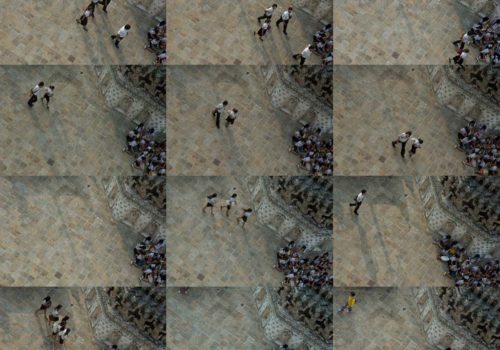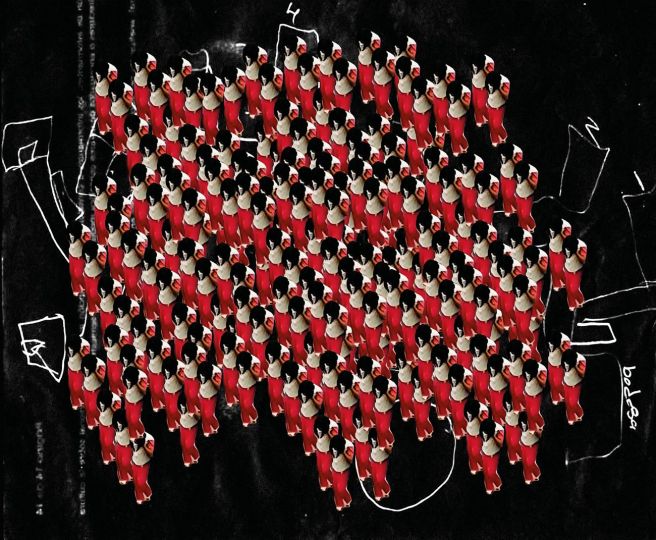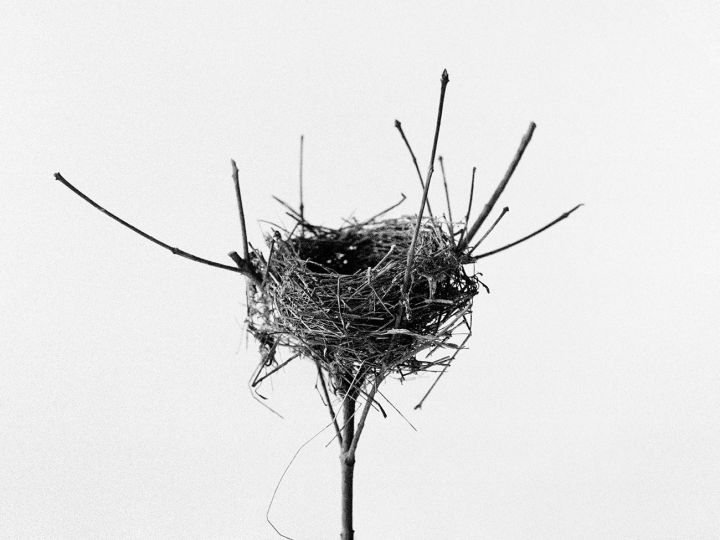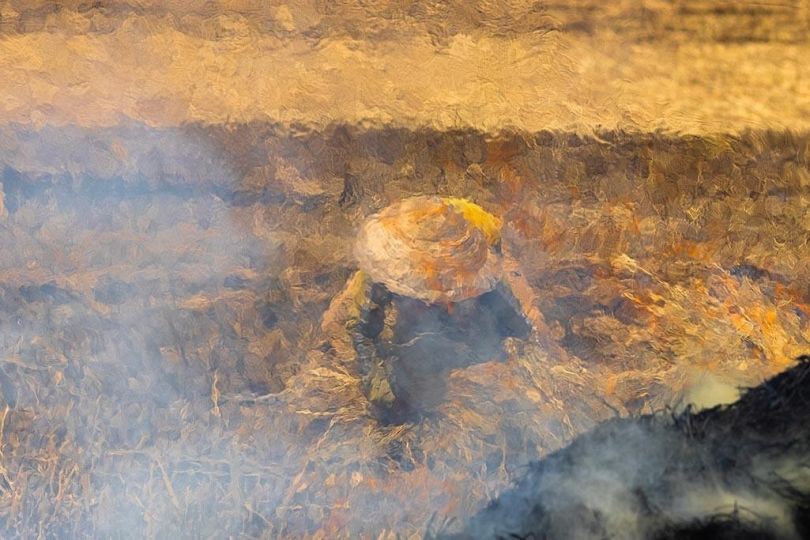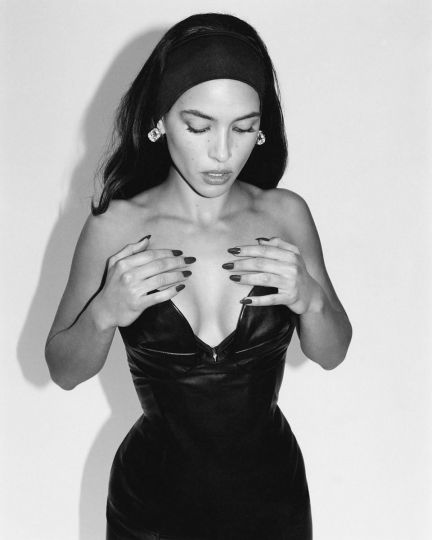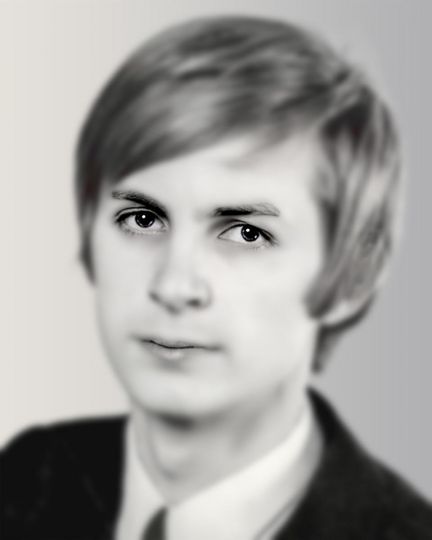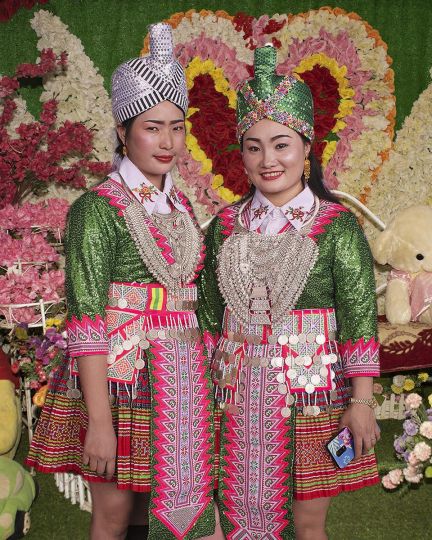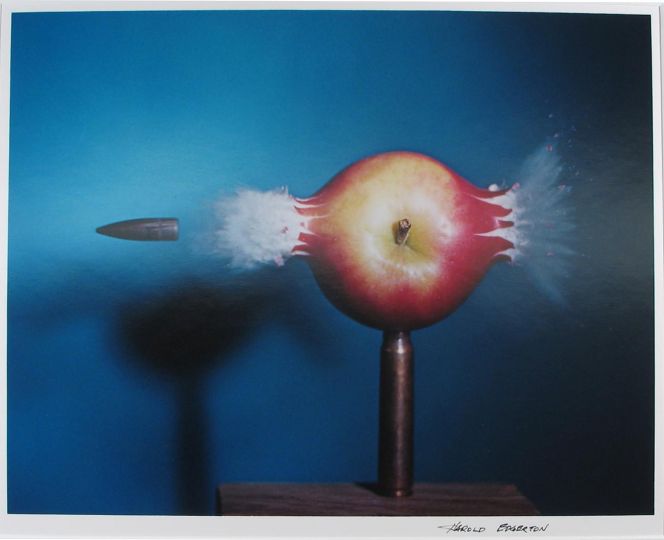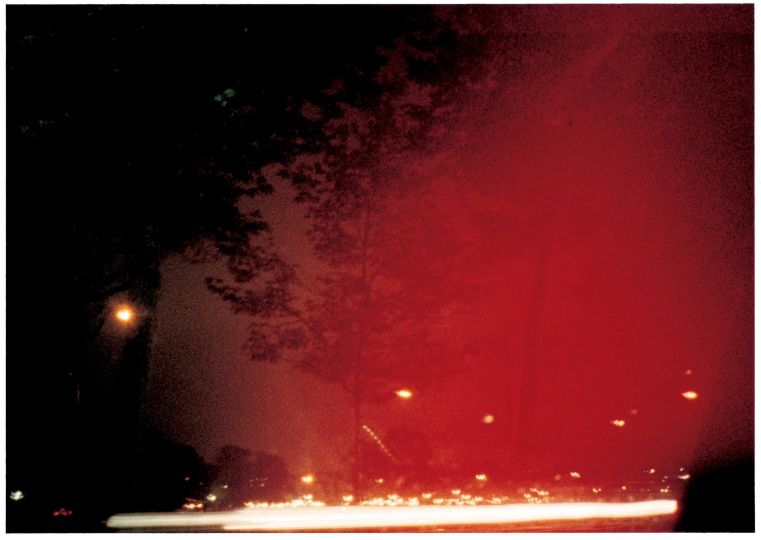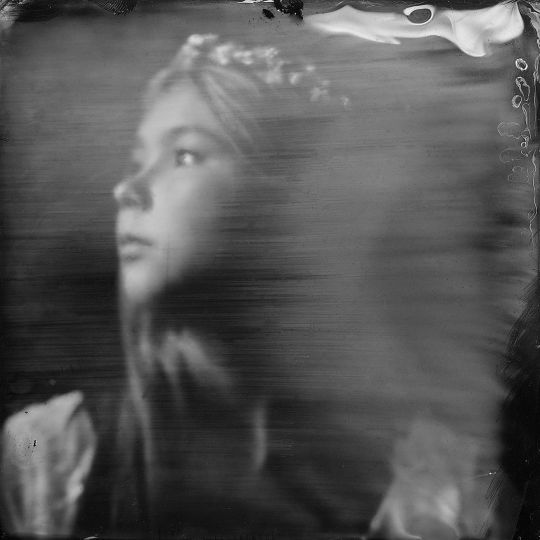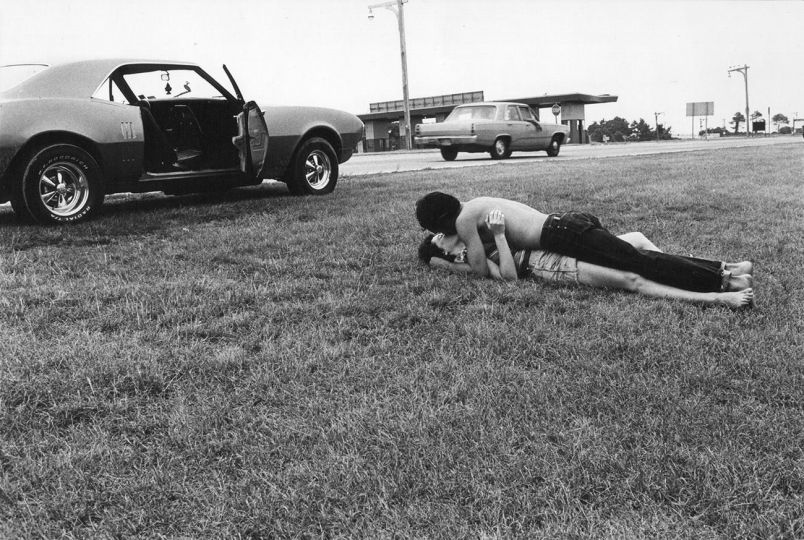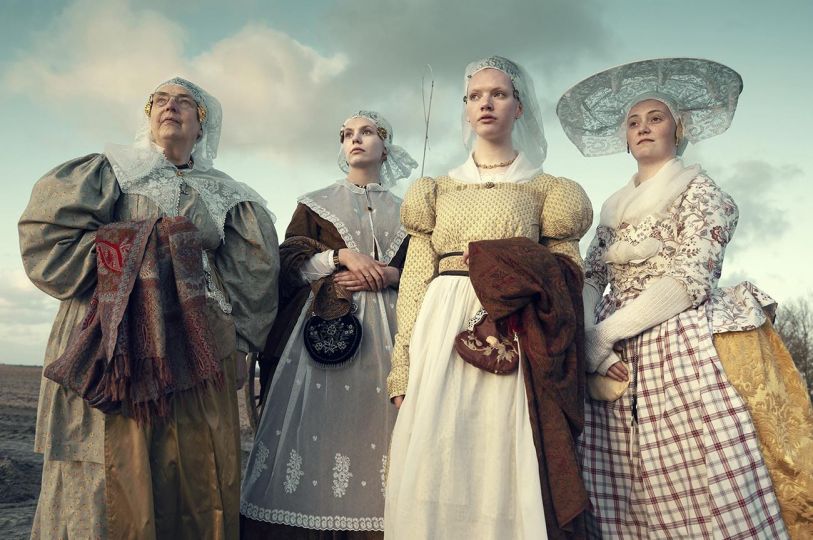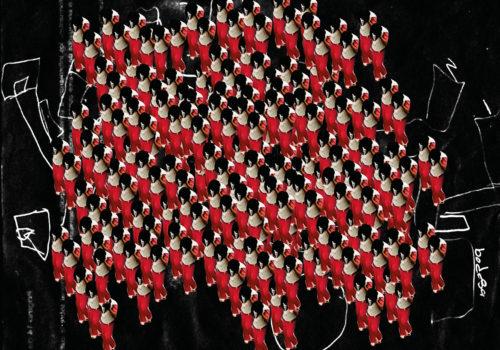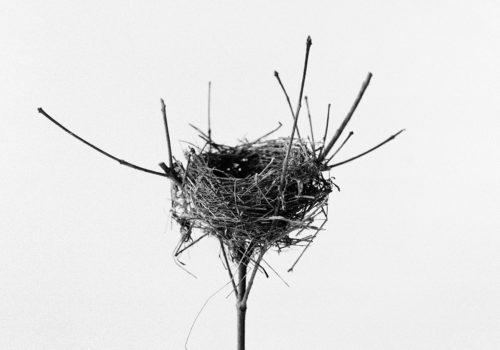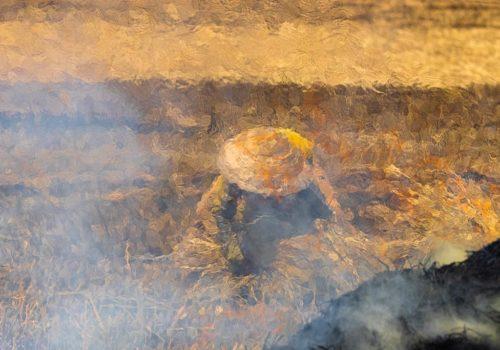“To inhabit is to be at home everywhere” (Situationist slogan)
The photos and videos composing the work in progress series Ludic Art Exercises, commenced in 2005, intend to capture the power of playful occupation of the urban space by its inhabitants. The idea behind the project is to find and capture in each city a portion of the urban space that is actively used by its residents in times of leisure, a space where the emotions and experiences induced by play, sport and simple spending free time flourish in each one of us. An ode to the seemingly “dead-time”, sensitively explored by masters of cinema such as Yasugiro Ozu and Abbas Kiarostami.
The angle from which the images are taken suggests a voyeuristic eye, like a surveillance camera on the lookout for any prohibited action. But here it’s not the prohibited that is at stake, that we want to report, what we want to show instead is pleasure, relaxation, sport:
all the pauses that men and women take from the dictatorship of the clocks that count the working hours filling most of our time.
In these urban landscapes, the body ceases to be an individual and assumes a temporary collective identity, thanks to the simple action of moving across the space. The photographs, with their strong graphic appeal, are presented as they were a series of frames in a film-sequence, but unlike a movie, the action has no beginning, middle, end or climax, and there is no intention to create a narrative. In fact, each series represents a slice of time, a time that could be called “anytime”, and when looking at the images what one sees are just different moments in time of the same space. Spaces, in the same way the camera is fixed, remain motionless; what makes them different one from another are the bodies moving in space.
This series uses the idea of “chance” as a method and makes reference to certain artistic experiences such as the Surrealistic déambulation, the Situationist drift and the landwalk, who took the act of walking through the cities as an aesthetic practice. As stated in the book Walkscapes – Walking as an aesthetic practice by Francesco Careri, “to the Situationists, the city was a game that could be used for pleasure, a space in which to live collectively and in which experience further alternative, a space in which was possible to lose time in order to transform it into a leisure-constructive time.”
Patricia Gouvêa
(1973, lives and works in Rio de Janeiro, Brazil)

